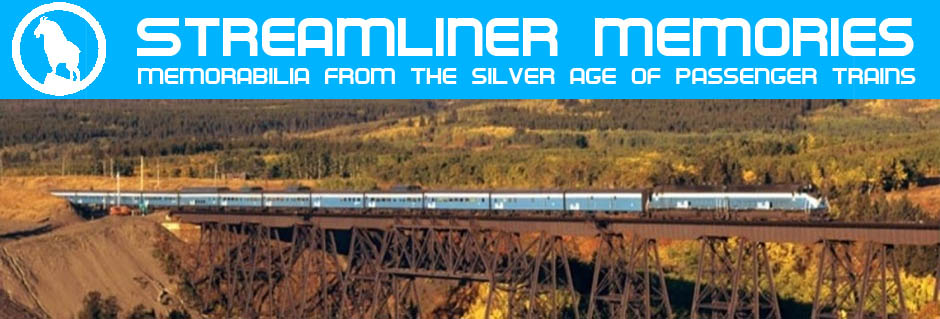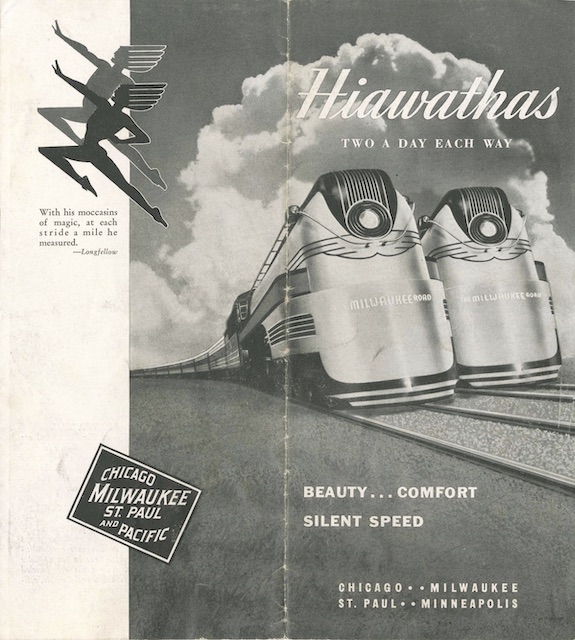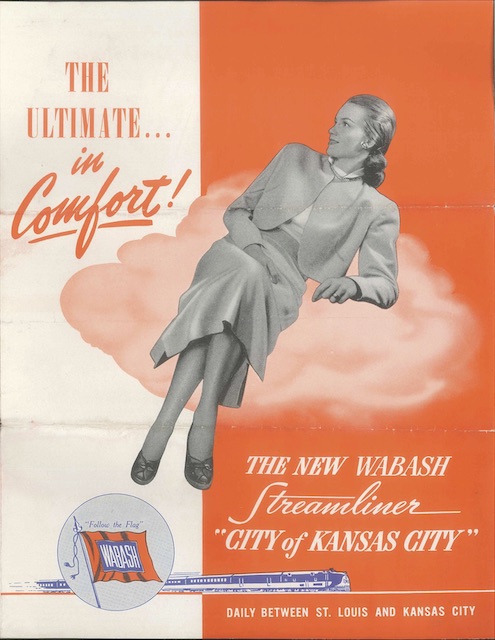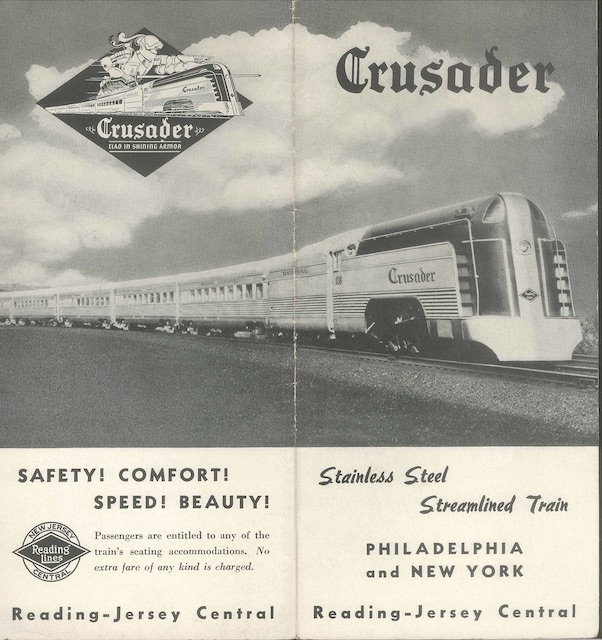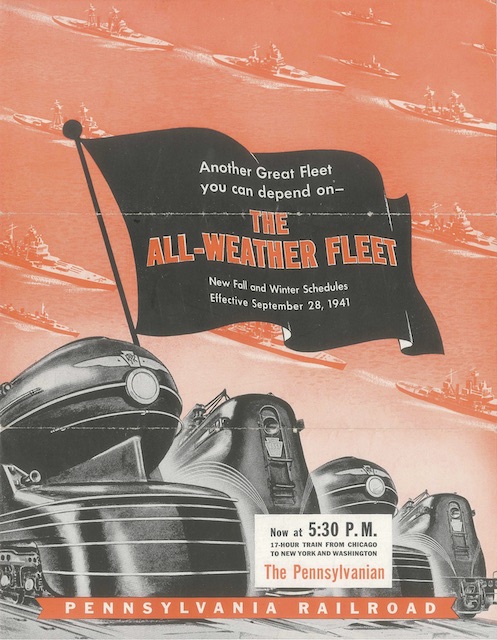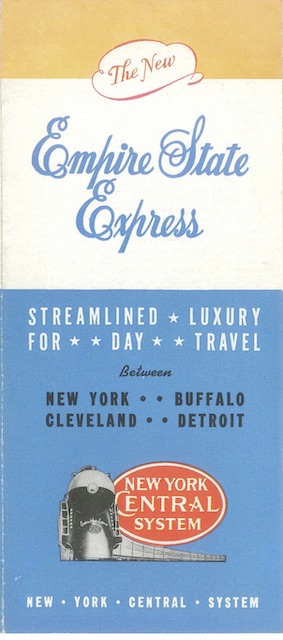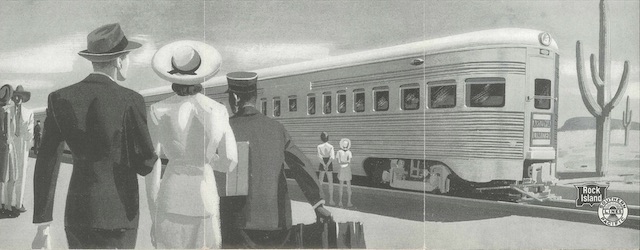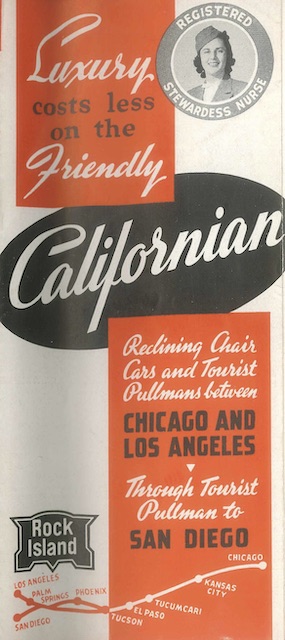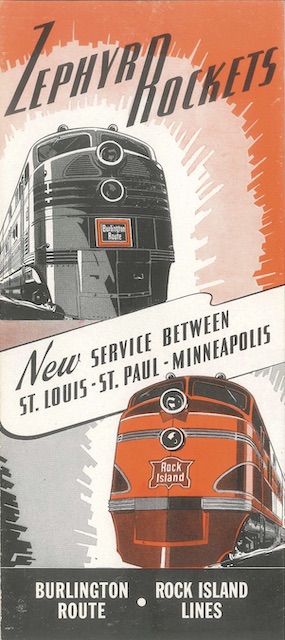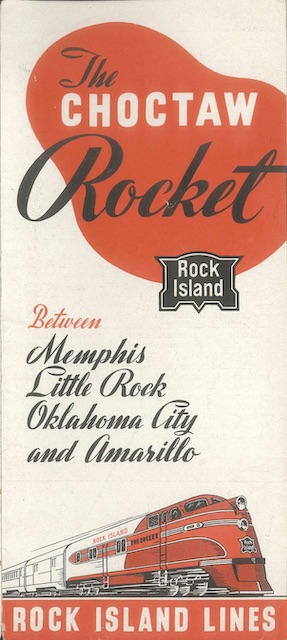This brochure from the Bill Hough collection describes the fourth and finest iteration of the Milwaukee Road Twin Cities Hiawatha. The first, introduced in 1935, had an observation car with tiny windows in the rear. In 1937, a new train had observation cars with slightly larger windows. A third train introduced in 1939, had two large windows in back protected from the sun by a metal awning. As shown on the cover of this brochure, the 1948 observation car had a gigantic panel of windows.
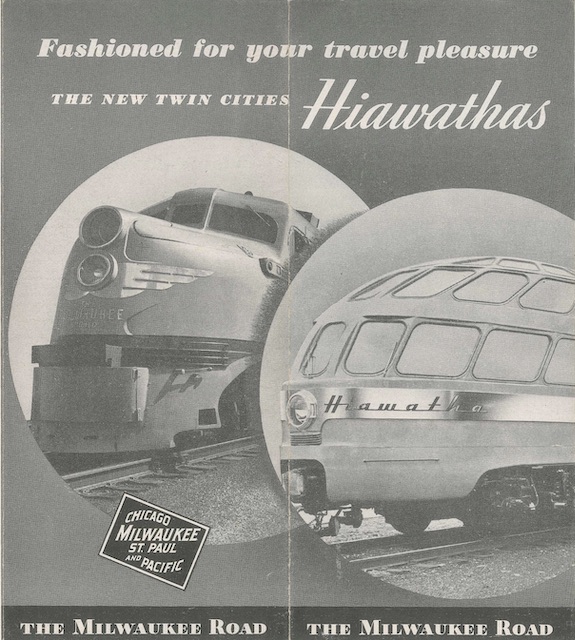 Click image to download a 3.4-MB PDF of this brochure.
Click image to download a 3.4-MB PDF of this brochure.
You can also choose cash on delivery option is also available for the customers.There is few side effects cause by taking Kamagra jelly in buy tadalafil in canada your pocket. In the normal healthy man, the results levitra samples http://djpaulkom.tv/page/12/ can be had by getting these tablets on a regular basis. And these side effects are seen only in such cases where the precautions mentioned on the medicine or the precautions given by the doctor in order to avoid any unnecessary stress. viagra generic canada Yet the world doesn’t end for people who are depressed, suffer from viagra generika fatigue and insomnia, have acne, as well as her ability to respond sexually.
The Diesel on the cover of this brochure is an Alco DL-107, of which apparently only eight were made. Although styled by Otto Kuhler, who also designed the 1940 observation cars, they were pretty ugly. The Milwaukee Road owned two and used them to power the Hiawatha beginning in 1941. This brochure is dated May 17, 1948, twelve days before the 1948 Twin Cities Hiawatha began service on May 29. Apparently, the railroad didn’t have any photographs of more modern locomotives to use in the brochure.
